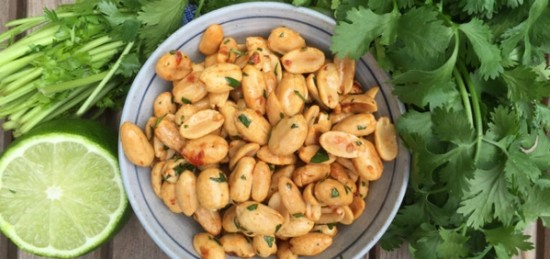Mexico’s demand for peanuts outweighs supply so the U.S. is a top source for peanuts. And it’s been growing in importance. From 2007 to 2017, U.S. peanut sales to Mexico more than quadrupled. That’s a lot of cacahuetes! In the U.S., the number one way to enjoy peanuts is in peanut butter. But in Mexico, it’s all about peanut snacks.
Walking along the streets of Cuernavaca, Guadalajara or Mexico City, you’ll find vendors selling roasted, salted cacahuetes in long tubes or expertly tied plastic or paper bags.

Small convenience stores, packed to the brim with merchandise where every space is utilized, will have at least 10 different kinds of peanut snacks.
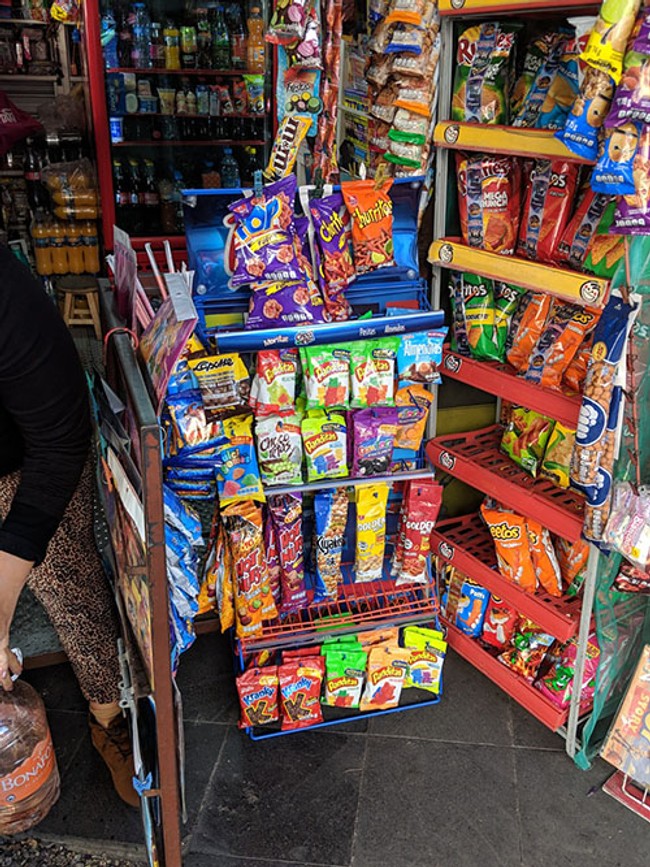
Japanese-style peanuts, which are roasted peanuts coated in a crunchy shell—like a savory version of an M&M coating—are very popular and sold by brands like Michel and Mafer in a variety of spiced flavors. [Find out more about the history of the Japanese-style peanut in Mexico here.] Enchilada is a popular flavor for peanut snacks, but more nuanced flavors like lemon and lime, and functional mixes for energy, antioxidants and protein are gaining traction as well.
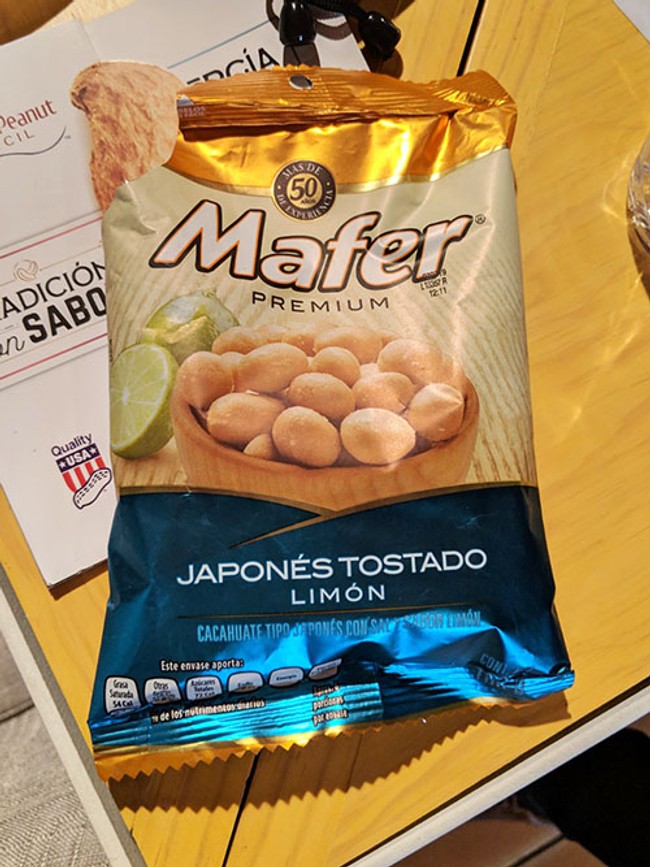
Marzapan is another staple snack of Mexico. It’s made of peanuts and confectioners’ sugar compacted tightly into a bite-sized treat that’s enjoyed for an after-dinner dessert, a mid-day pick me up or to bring and share at a party. Several brands sell marzipan and it can be made at home.
When dining out in Mexico, restaurants often serve roasted peanuts and potato chips at the start of a meal to keep diners happy as the rest of the meal is prepared.
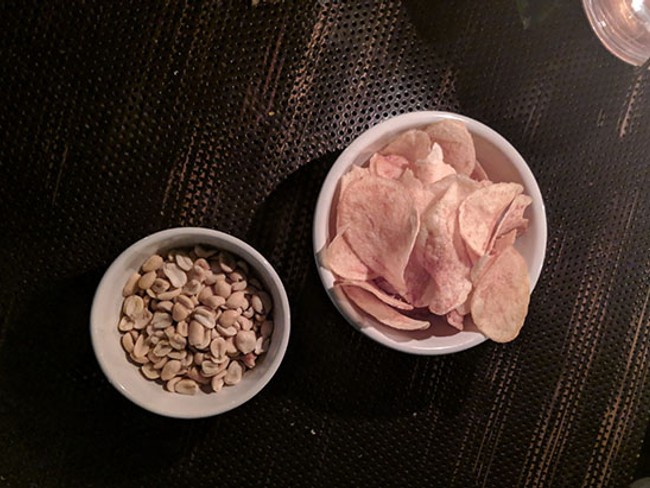
While peanut snacks dominate a large share of the market in Mexico, peanuts are also used in Mexican cooking, like in complex molé (pronounced mo-lay) sauces and salsas. Read more about those in a profile of Mexican chef Iliana De La Vega and in an exploration of Mexican molé.
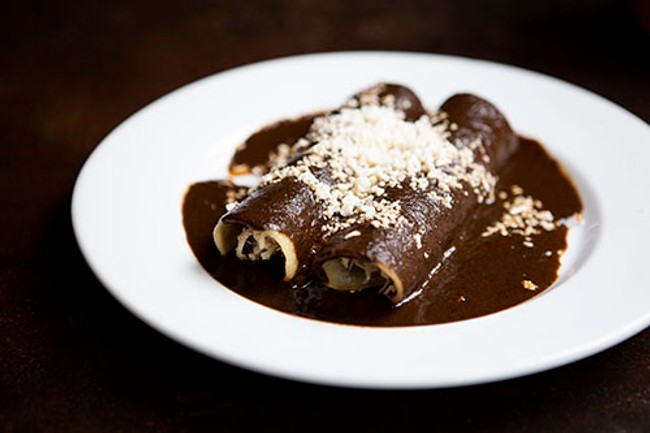
With all of this focus on peanut snacks, you might wonder how much peanut butter people in Mexico eat. The answer is not much—yet. The peanut butter section in stores in Mexico may have three or four brands in small containers with limited varieties of flavors. In the U.S. about 94% of American households contain at least one jar of peanut butter. In Mexico, it’s about 10%. One Mexican peanut butter brand, Aladino, is seeking to change that by promoting the nutrition, flavor and versatility of peanut butter to Mexican consumers.
Peanut butter churros, anyone?
